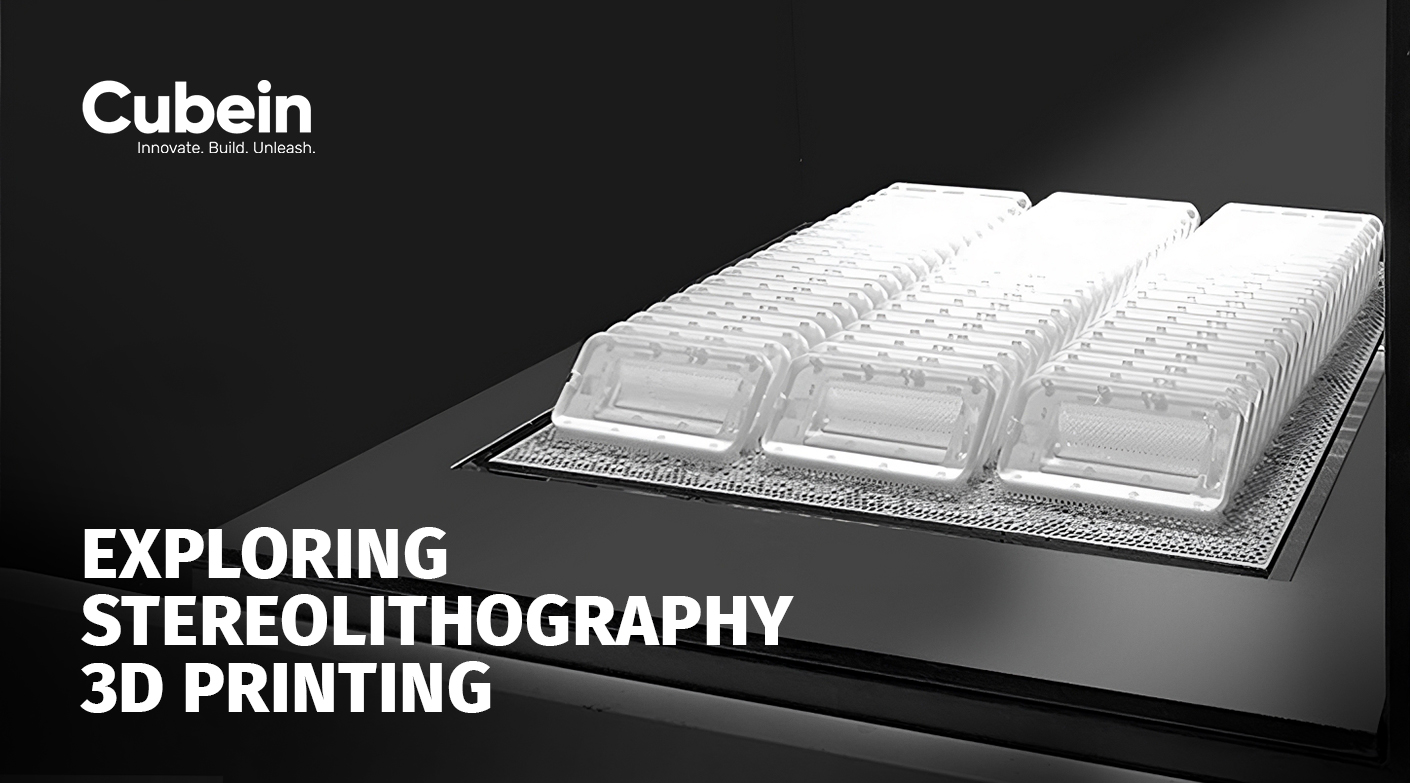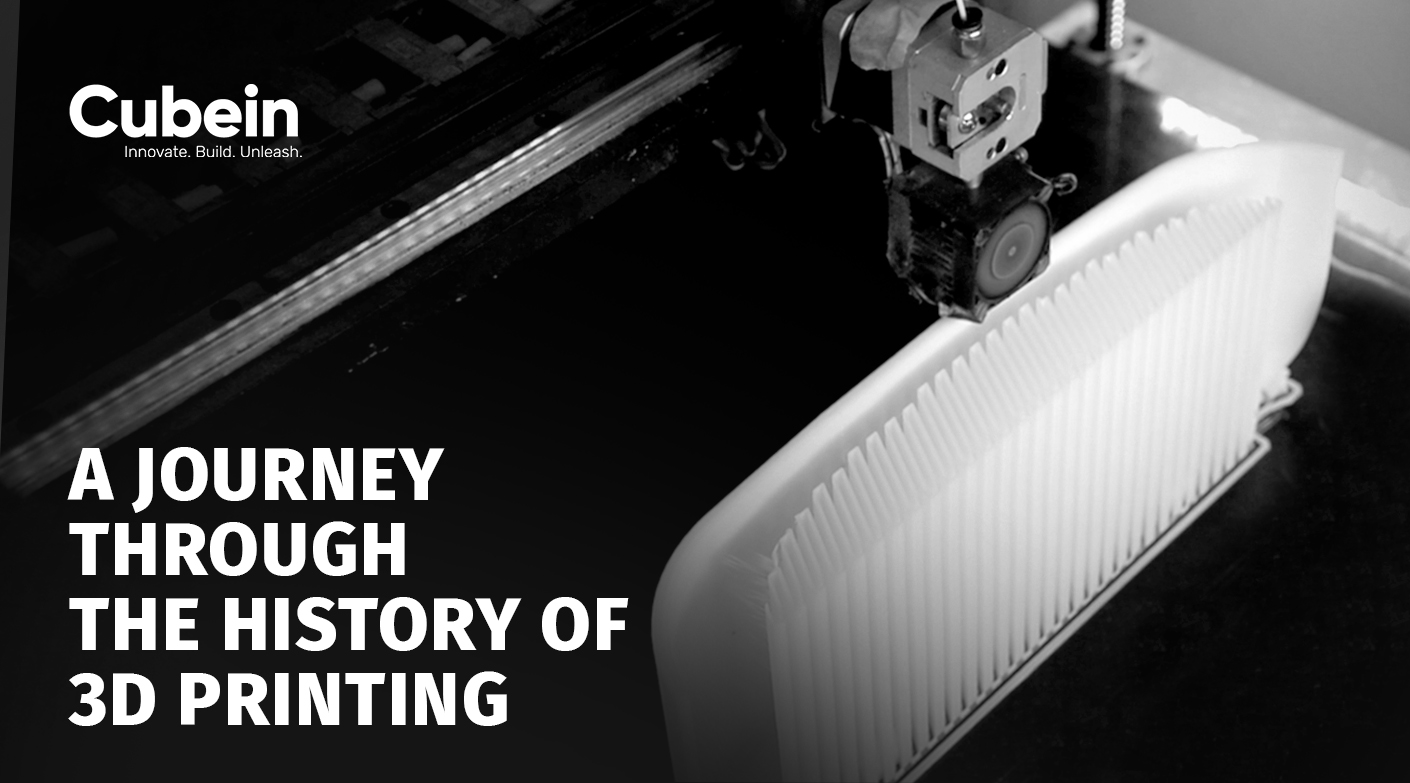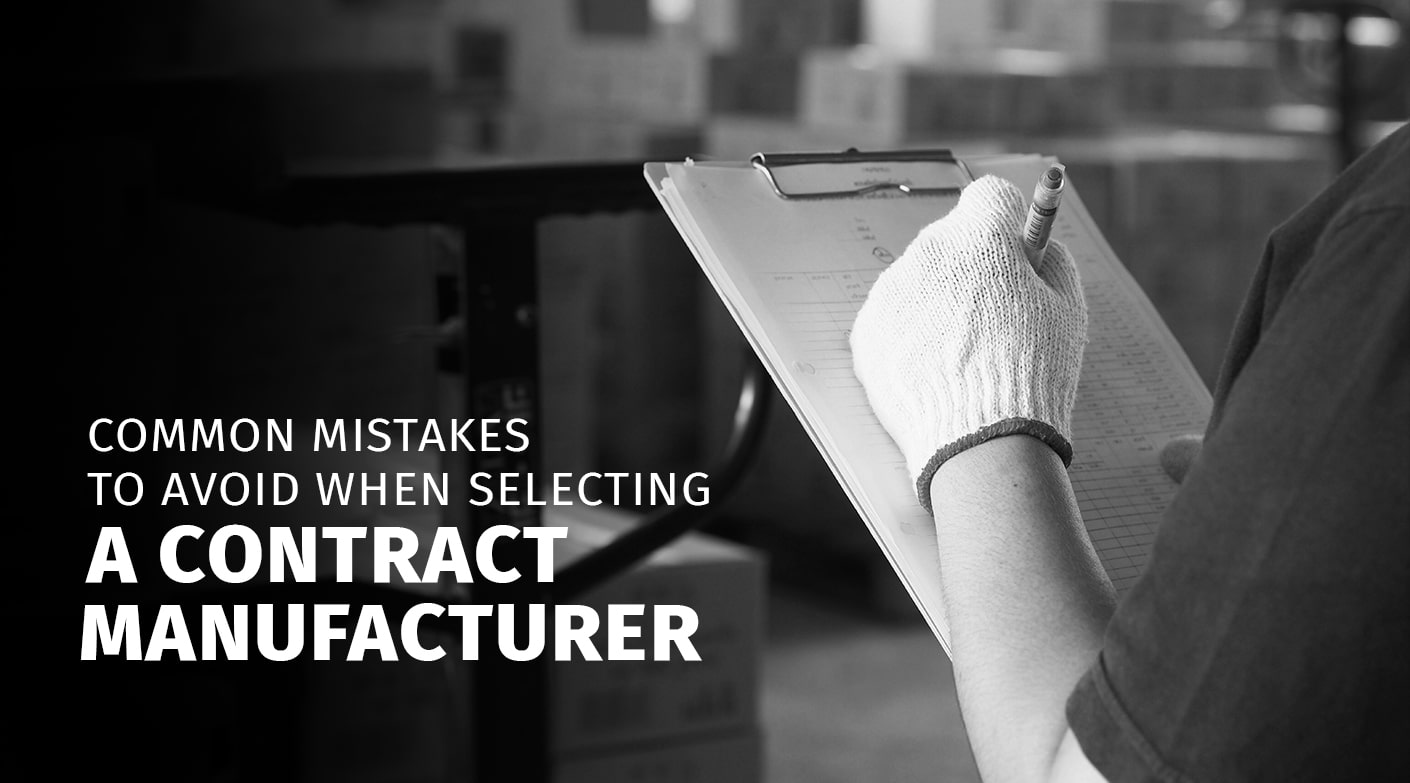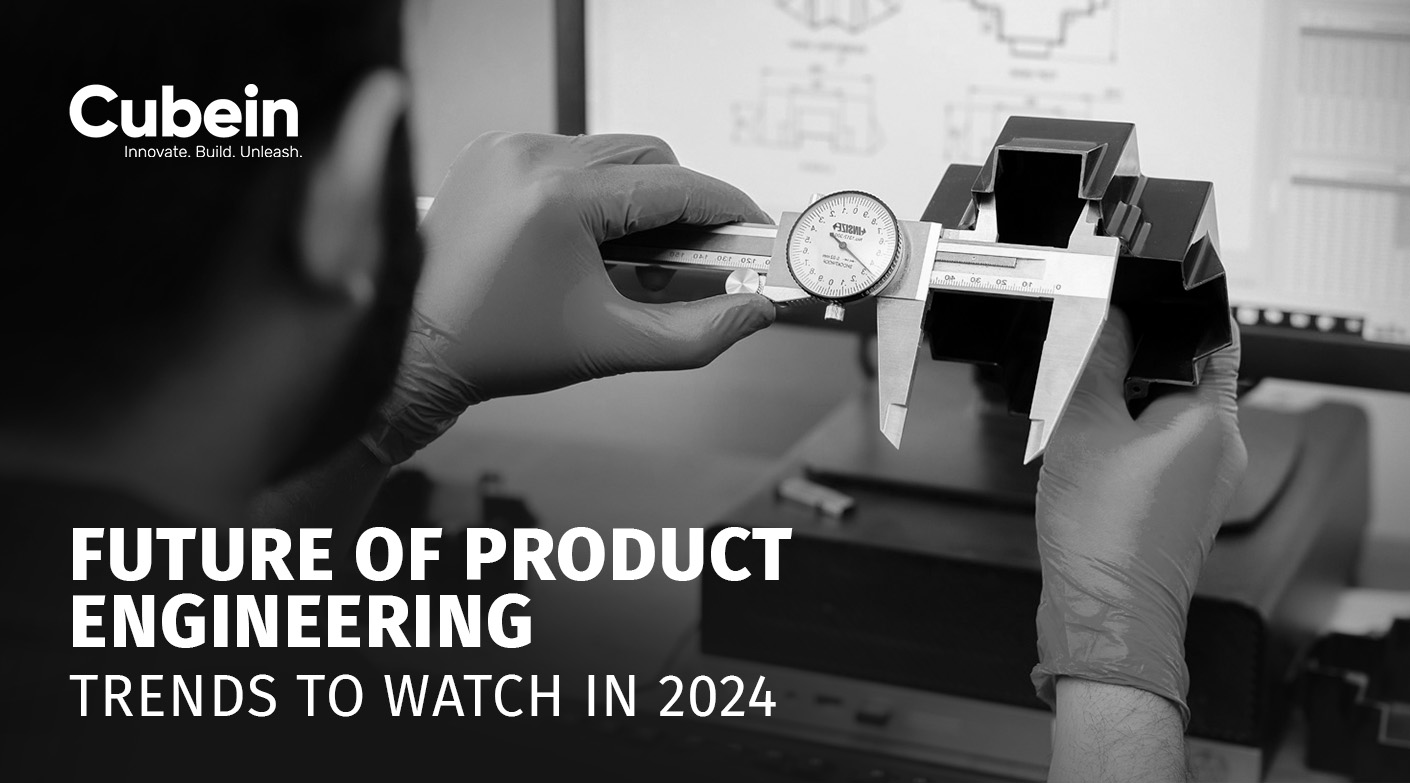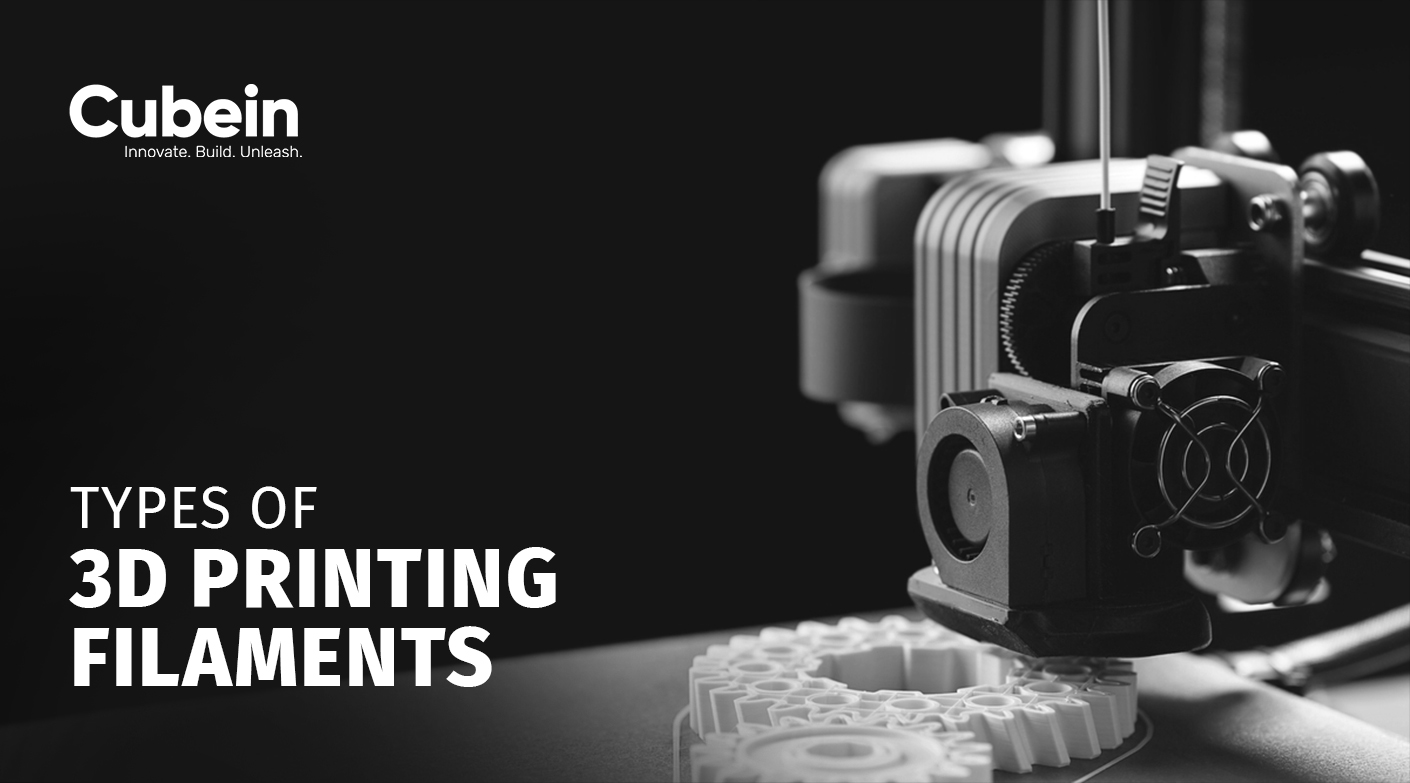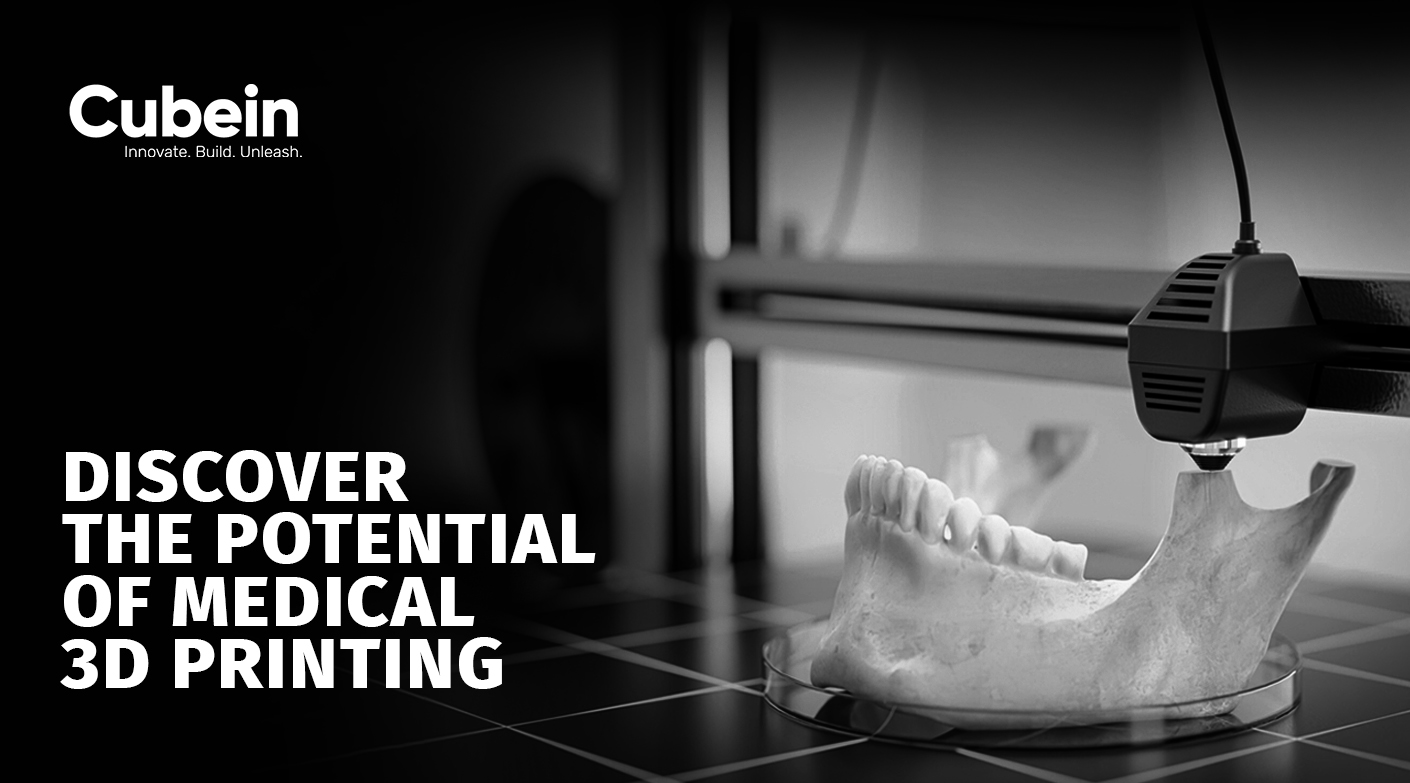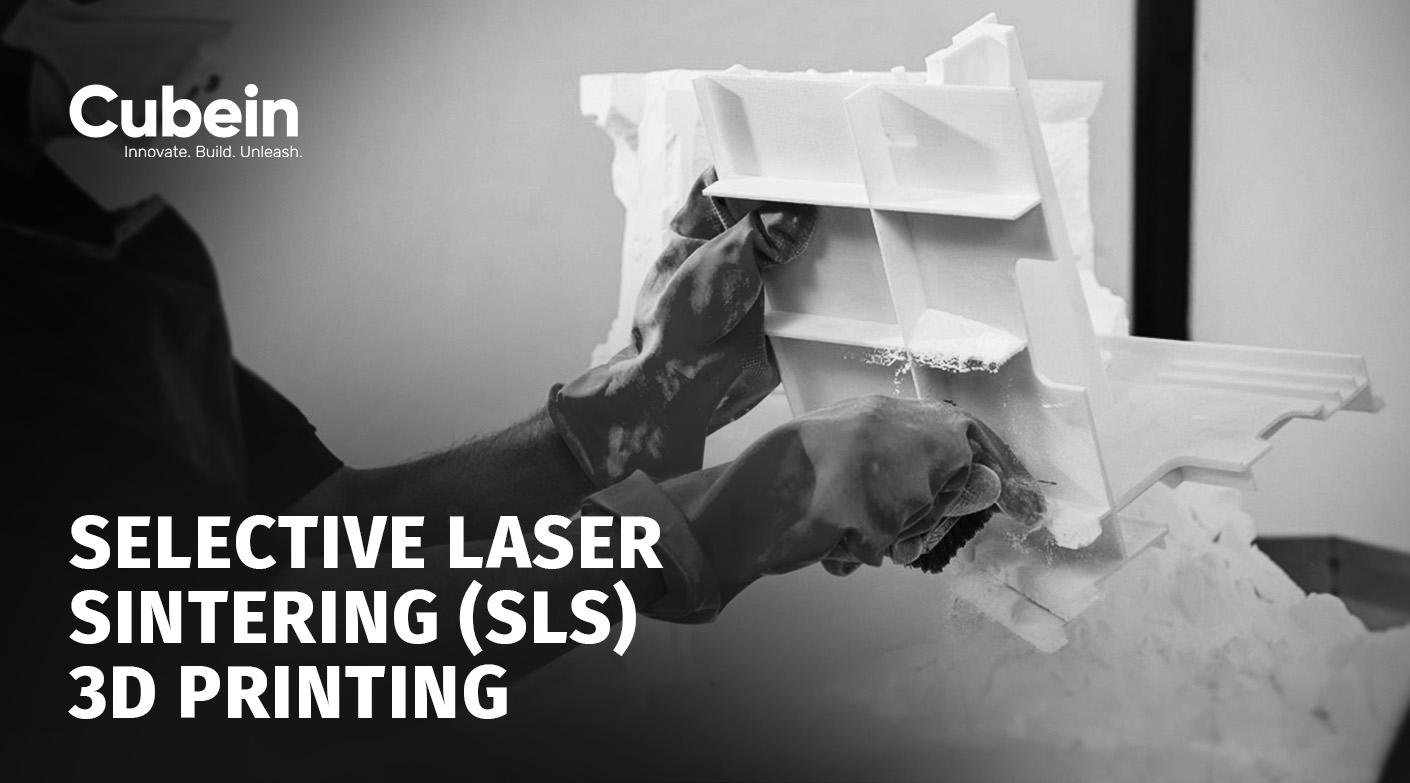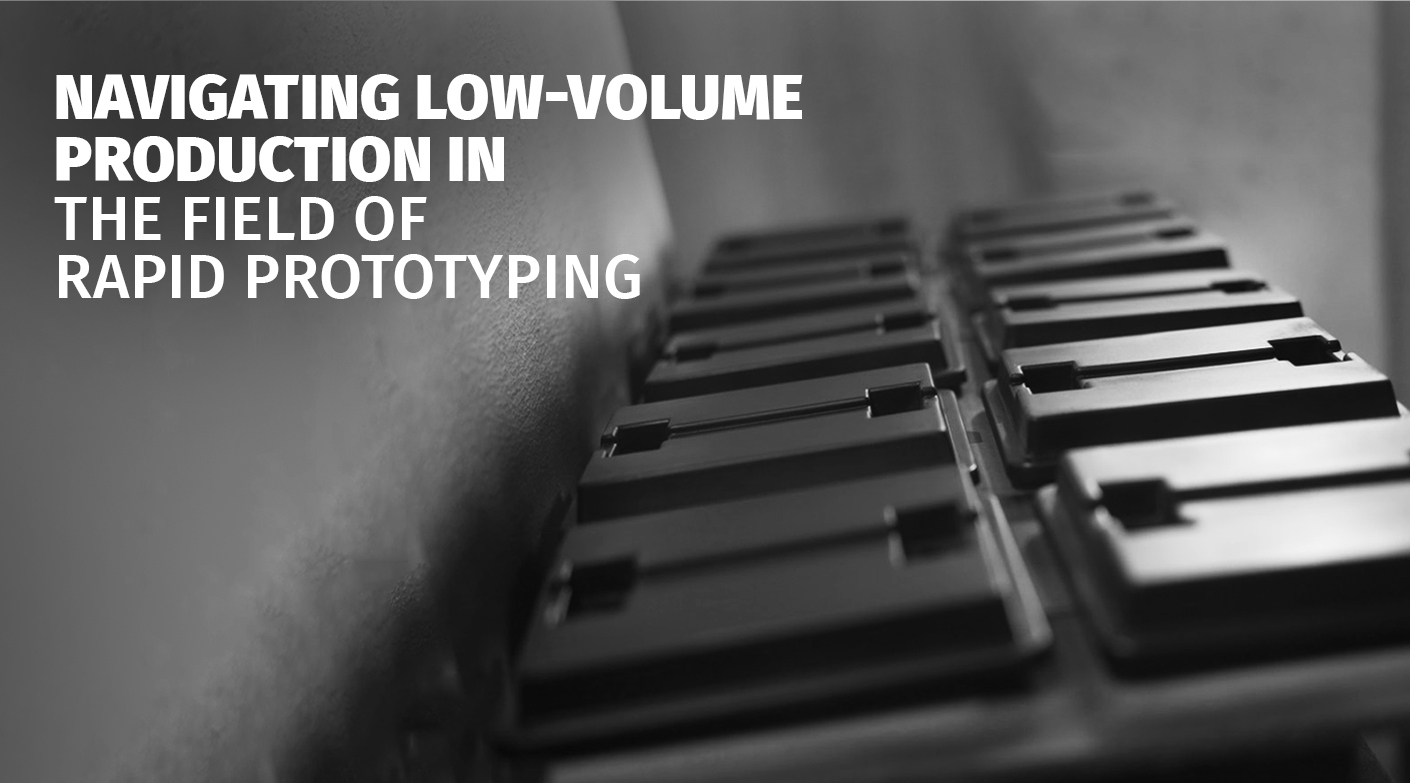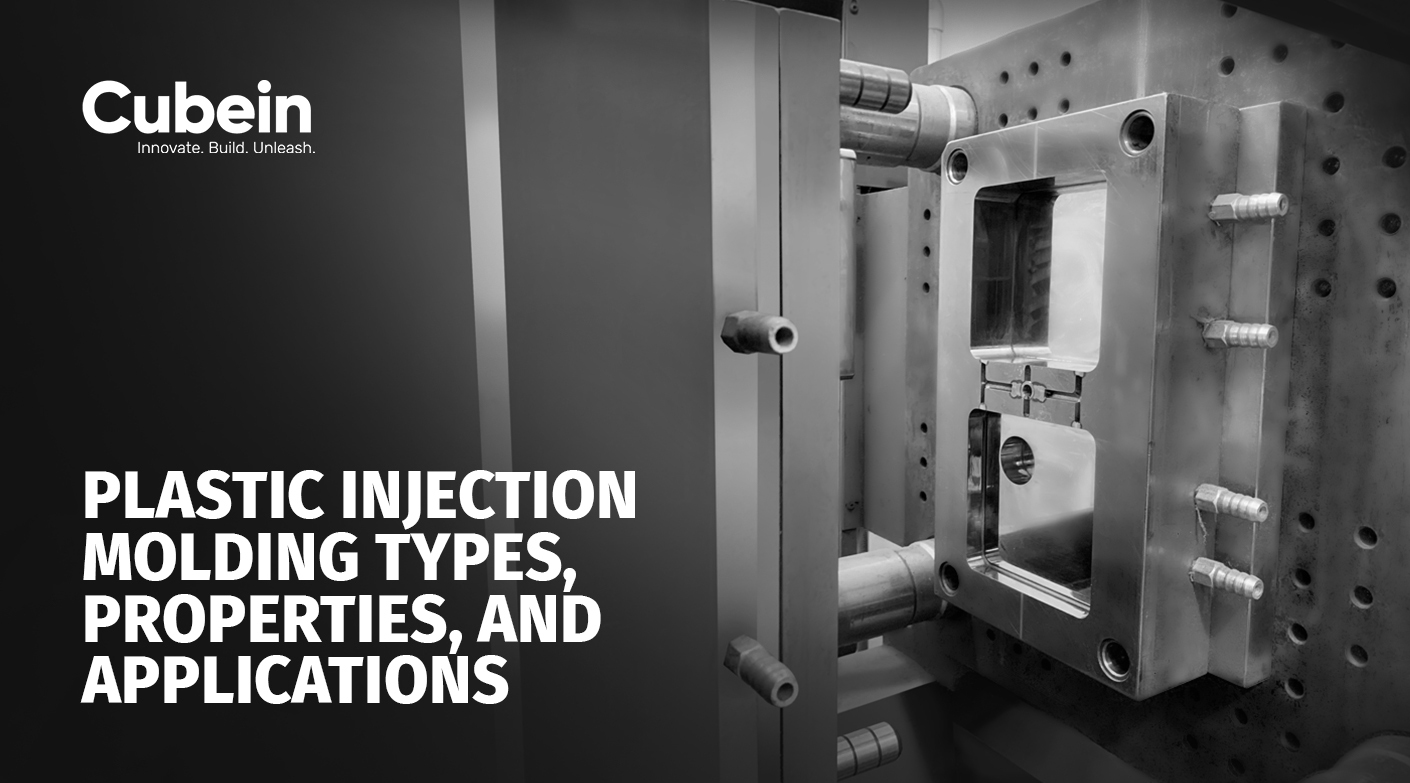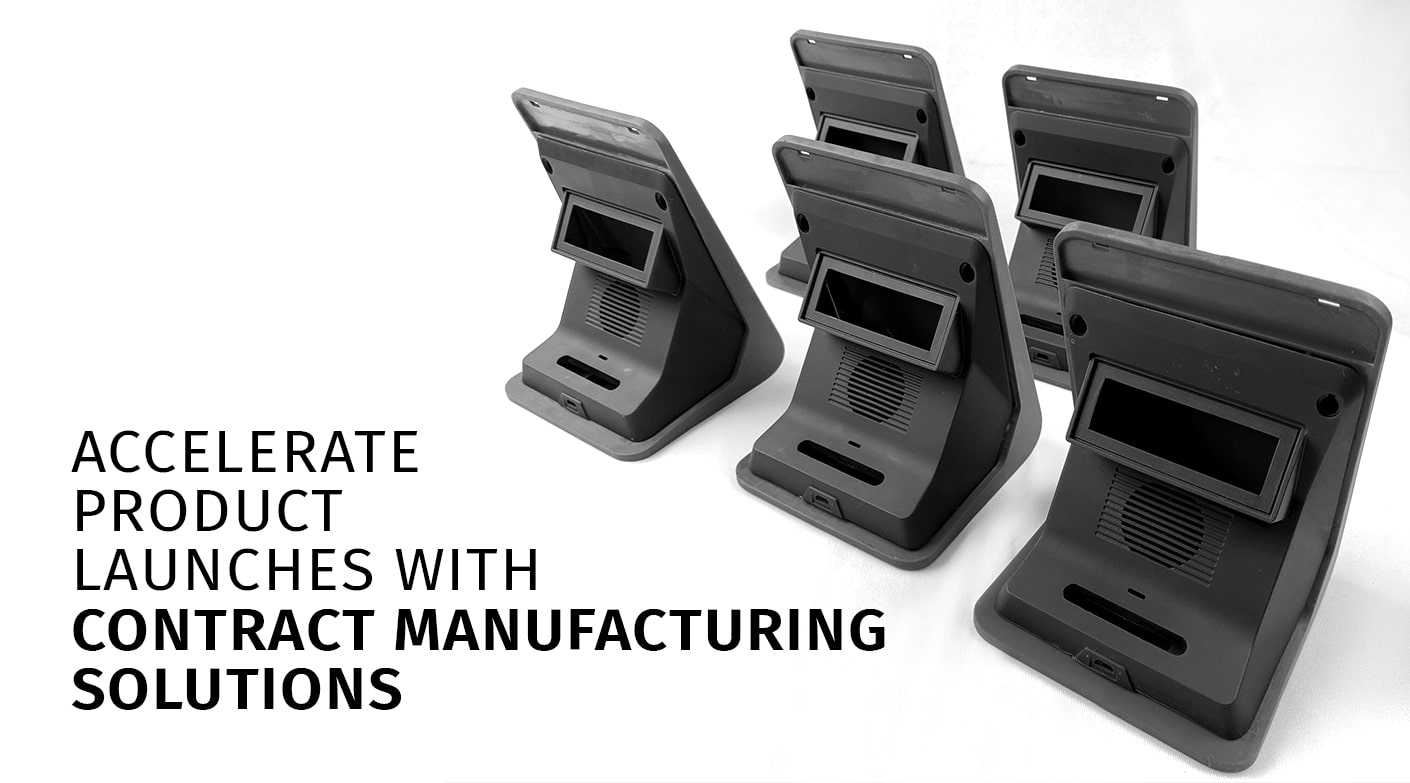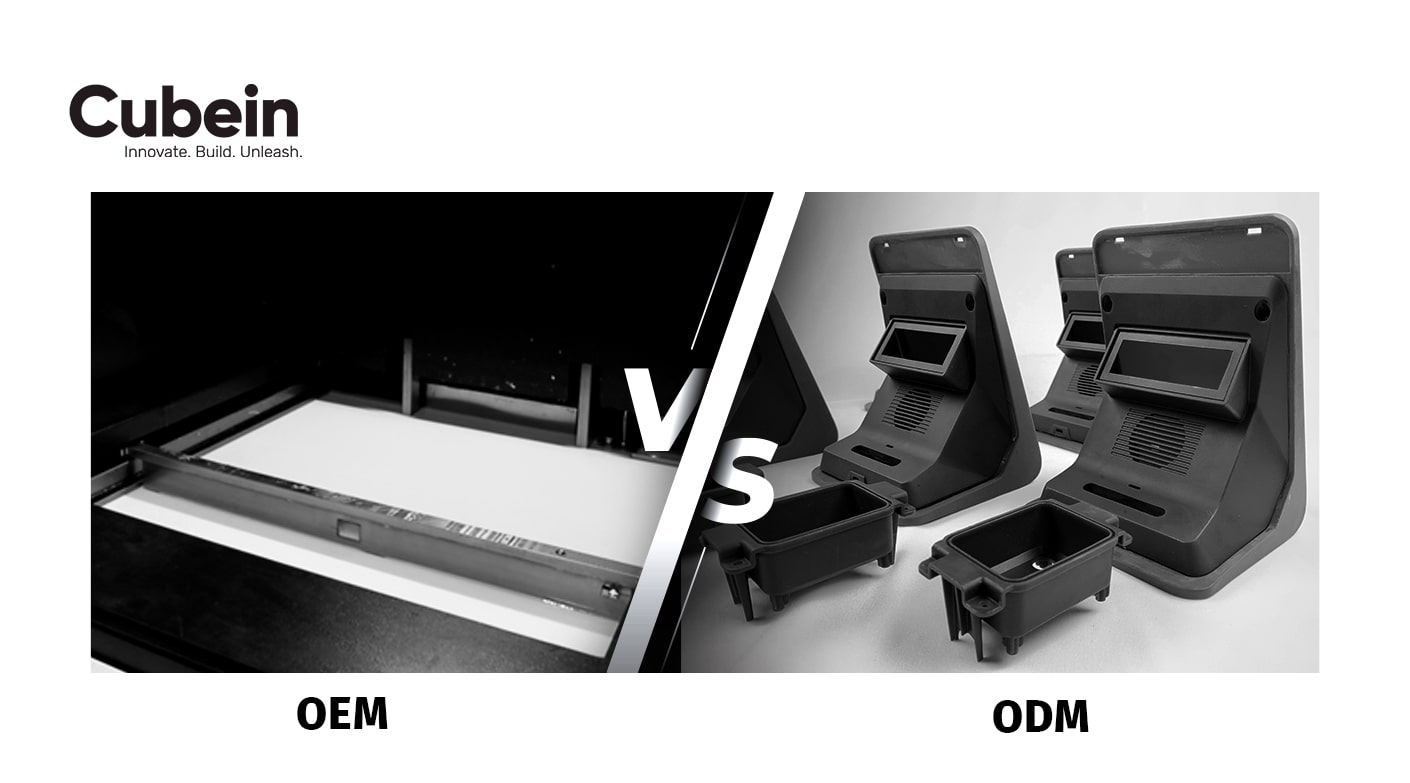In the world of additive manufacturing, Stereolithography 3D Printing (SLA) stands out as a pioneering technique that continues to revolutionize industries worldwide. This industrial 3D printing process harnesses the power of ultraviolet light to transform liquid resin into solid objects, layer by layer, with unparalleled precision and intricacy.
Stereolithography 3D Printing, often abbreviated as SLA 3D printing, has garnered significant attention for its ability to produce high-quality prototypes and end-use parts with exceptional detail and surface finish.
At its core, Stereolithography 3D Printing relies on a process wherein a laser beam selectively cures thin layers of liquid resin, solidifying them to form the desired object. This layer-by-layer approach enables the creation of complex geometries and intricate designs that would be challenging or impossible to achieve using traditional manufacturing methods.
One of the key advantages of SLA 3D printing is its versatility across various industries. From automotive and aerospace to healthcare and consumer goods, this industrial 3D printing process finds applications in diverse sectors. Rapid prototyping, product development and manufacturing are just a few examples of how businesses leverage SLA technology to accelerate innovation and streamline production processes.
In the automotive industry, Stereolithography 3D Printing plays a crucial role in the development of concept cars, functional prototypes, and custom components. Engineers and designers can quickly iterate designs and test different configurations, leading to faster product development cycles and ultimately, superior end products.
Similarly, in the healthcare sector, SLA 3D printing has emerged as a game-changer, enabling the production of patient-specific medical devices, anatomical models, and surgical guides. By leveraging the precision and customization capabilities of Stereolithography, healthcare professionals can enhance patient care and surgical outcomes like never before.
Moreover, the consumer goods industry has also embraced Stereolithography 3D Printing to create intricate and aesthetically pleasing products. From jewelry and fashion accessories to electronics and home decor, SLA technology allows designers to unleash their creativity and bring unique concepts to fruition with unparalleled detail and finesse.
In addition to its applications in prototyping and product development, Stereolithography 3D Printing is increasingly being adopted for end-use production. With advancements in materials and process optimization, SLA technology offers the potential for on-demand manufacturing of customized parts and components, reducing lead times and production costs significantly.
Furthermore, the environmental benefits of SLA 3D printing cannot be overlooked. Compared to traditional manufacturing methods, which often result in material wastage and energy consumption, Stereolithography offers a more sustainable alternative. By minimizing material usage and optimizing production processes, SLA technology helps reduce the carbon footprint of manufacturing operations.
While Stereolithography (SLA) 3D printing offers numerous advantages, it also comes with its own set of limitations and disadvantages:
Limited Material Options:
One of the primary drawbacks of SLA 3D printing is the limited range of materials available compared to other additive manufacturing processes. SLA typically works best with photopolymer resins, which may not always offer the desired mechanical properties or durability for certain applications.
Post-Processing Requirements:
Parts produced through SLA 3D printing often require extensive post-processing to achieve the desired surface finish and mechanical properties. This can involve cleaning, support removal, sanding, and curing, adding time and labor to the overall production process.
Size and Scale Constraints:
SLA 3D printers are often limited in terms of build volume, restricting the size of parts that can be produced in a single print. Larger components may need to be printed in multiple sections and assembled afterwards, leading to additional complexity and potential alignment issues.
Limited UV Sensitivity:
SLA 3D printing relies on ultraviolet (UV) light to cure the resin, which can be hindered by factors such as opacity or thickness of the material. This limitation may result in incomplete curing or reduced accuracy, particularly in thicker sections of the print.
Material Properties and Stability:
While SLA resins offer excellent detail and surface finish, they may lack the mechanical strength and stability required for certain functional applications. Parts produced through SLA 3D printing may be prone to brittleness, warping, or degradation over time, especially when exposed to harsh environmental conditions.
Cost of Materials:
SLA resin materials can be relatively expensive compared to filaments used in other 3D printing processes such as fused deposition modelling (FDM). This cost factor can significantly impact the overall economics of SLA printing, especially for large-scale or production-oriented projects.
Safety Considerations:
The photopolymer resins used in SLA 3D printing contain chemicals that may pose health and safety risks if not handled properly. Proper ventilation and personal protective equipment (PPE) are essential to minimize exposure to potentially harmful fumes and substances during printing and post-processing.
Despite these disadvantages, Stereolithography 3D printing remains a valuable tool for prototyping, product development, and low-volume production in industries where precision and surface finish are paramount. However, it’s essential for users to weigh the pros and cons carefully and choose the most suitable additive manufacturing process based on their specific requirements and constraints.
In conclusion, Stereolithography 3D Printing continues to push the boundaries of innovation and redefine the possibilities of manufacturing. As an industrial 3D printing process, SLA technology enables businesses to unlock new opportunities for creativity, efficiency, and sustainability. Whether it’s rapid prototyping, customized production, or intricate design, SLA 3D printing stands as a testament to the transformative power of additive manufacturing.
If you are looking for an advanced Indian Original Design Manufacturer (ODM) in India, Cubein can be the best choice as they have been at the forefront of providing Stereolithography (SLA) 3D printing along with other services like Rapid Prototyping, SLS 3D printing, Low-Volume Manufacturing, Contract Manufacturing etc.




